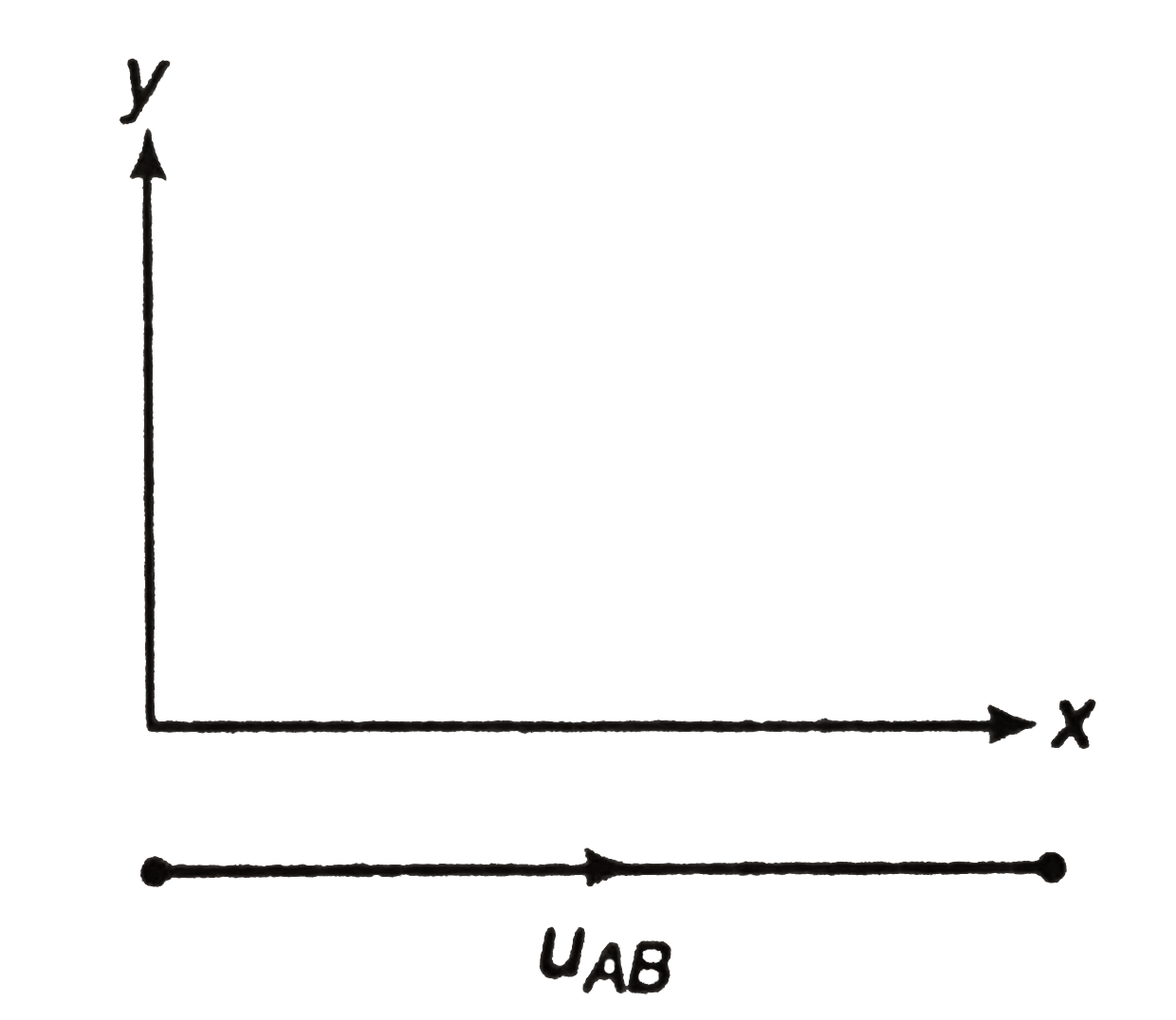Correct Answer - A::B::C::D
(a) Taking x and y-directions as shown in figure.
Here, `a_A = -ghatj`
`a_B = -ghatj`
`u_(Ax) = 60 cos 30^@ = 30sqrt3 m//s`
`u_(Ay) = 60 sin 30^@ = 30 m//s`
`u_(Bx) = -50 cos alpha`
and `u_(By) = 50 sin alpha`
Relative acceleration between the two is zero as `a_A = a_B`. Hence, the relative motion
between the two is uniform. It can be assumed that B is at rest and A is moving with `u_(AB)`.
Hence, the two particles will collide, if `u_(AB)` is along AB. This is possible only when
`u_(Ay) = u_(By)`
i.e. component of relative velocity along y-axis should be zero.
or `30 = 50 sin alpha`
`:. alpha = sin^(-1) (3//5) = 37^@`
(b) Now, `|u_(AB)| = u_(Ax) - u_(Bx) `
` =(30sqrt(3) + 50 cos alpha) m//s `
` = (30 sqrt(3) + 50 xx 4/5) m//s `
`=(30 sqrt(3) + 40 ) m//s `
Therefore, time of collision is
`t= (AB)/(|u_(AB)|) = (100)/(30sqrt(3)+40)`
or ` t = 1.09s `
(c) Distance of point P from A where collision takes place is
`d=sqrt((u_(Ax)t)^2 +(u_(Ay) t-1/2 gt^2)^2)`
`=sqrt((30sqrt3 xx 1.09)^2 + (30 xx 1.09 - 1/2 xx 10 xx 1.09 xx 1.09)^(2))`
or `d= 62.64 m ` .
